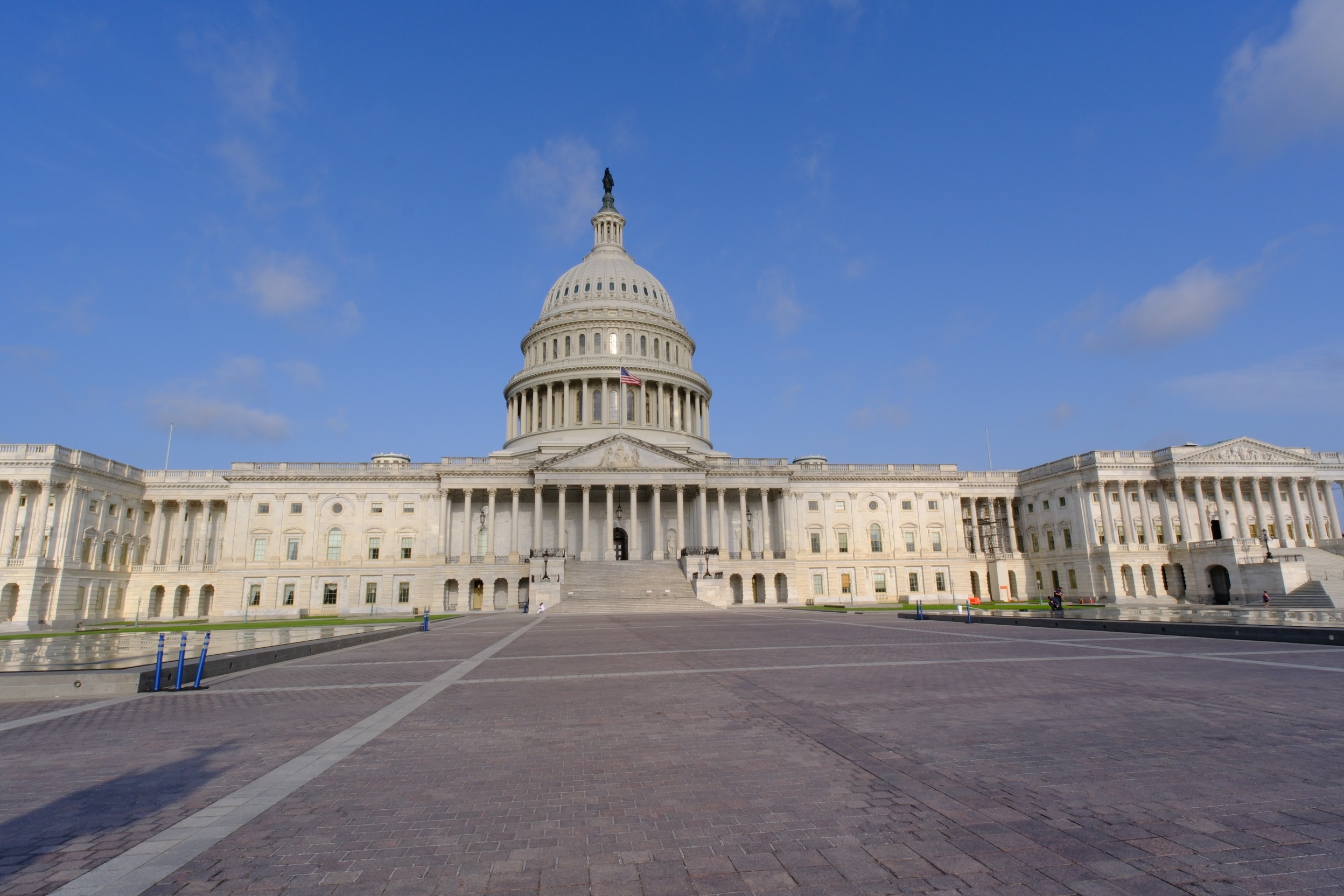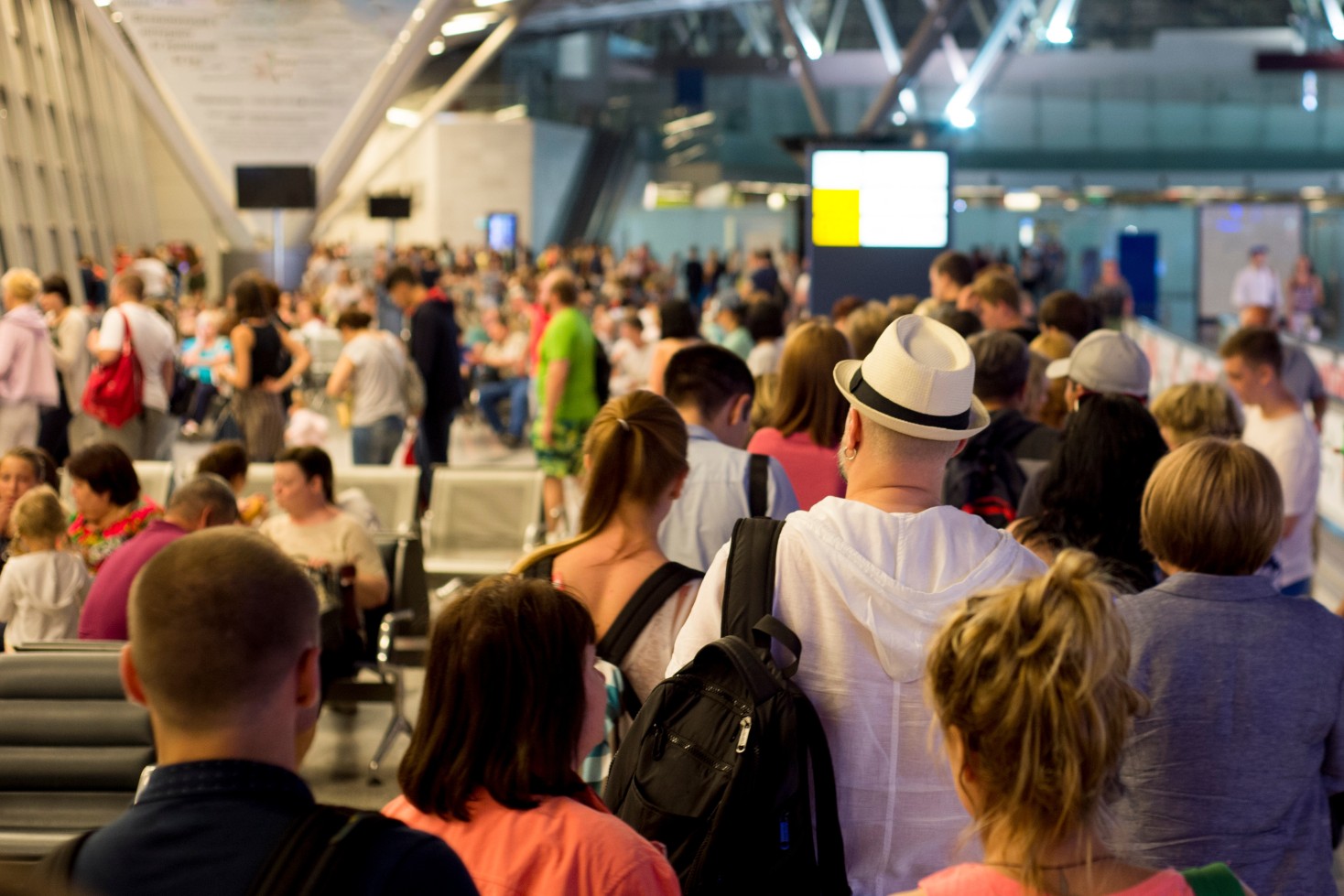
When Congress fails to pass a federal budget, the effects are not limited to the realm of politics. A prolonged shutdown can ripple into travel, affecting passengers, airlines, and even tourist sites. While a short closure might barely be noticeable, the longer a funding lapse drags on, the more likely travelers are to feel its impact.
Essential Workers Still Show Up, But Without Pay
Most employees at the Federal Aviation Administration (FAA) and the Transportation Security Administration (TSA) are classified as essential. Air traffic controllers, TSA screeners, federal air marshals, and safety inspectors are expected to keep working even when the government is closed. The catch: they do not get paid until funding is restored.
That arrangement may hold at first, but history shows cracks appear if paychecks are missed. During the 2018–2019 shutdown, about 10 percent of TSA staff called in sick. The result was longer security lines, slower checkpoints, and more stressed travelers. If the current shutdown drags on, the same scenario could repeat.
What It Means for Flights

Fewer screeners at security checkpoints can quickly lead to long lines. Stress on air traffic controllers can result in tighter flight schedules and increased delays. Safety inspectors being furloughed may slow aircraft approvals or repairs.
This year, more than 11,000 FAA employees are facing furloughs, while controllers and TSA officers continue to work without pay. Industry groups warn that the system could reach a breaking point if absences continue to increase. In extreme cases, airports may even close terminals or slow the number of flights taking off each hour.
Beyond the Airport
Air travel is only part of the picture. Here is how other areas could be affected:
- Passports and visas: These services are considered essential, so most operations continue as usual. However, some offices located in federally run buildings could face staffing shortages or slowdowns.
- Train travel: Amtrak receives federal funding but is currently in strong financial health. Trains should continue to run in the near term, although long-term projects may be stalled.
- National parks and museums: These sites are usually hit the hardest. Many parks close visitor centers, limit services, or shut down entirely when staff are furloughed. Travelers hoping to visit major landmarks may find gates locked or hours reduced.
The Economic Cost
The U.S. Travel Association estimates that a shutdown could cost the travel economy roughly $ 1 billion per week. Delayed flights, canceled trips, and shuttered attractions all add up quickly. The bigger concern is that long-term infrastructure projects like hiring and training new air traffic controllers, are often put on hold during shutdowns. Restarting these programs can take months, even after the government reopens.
Tips for Travelers During a Shutdown
- Arrive early: Give yourself extra time for check-ins and security.
- Stay updated: Use airline apps or websites to monitor flight status.
- Plan alternatives: Consider nearby airports, flexible tickets, or ground transportation as needed.
- Keep expectations realistic: Some delays are beyond the airline’s control.
- Check the park or attraction websites for hours and access information, as these details may change without notice.
Bottom line
A short shutdown may not significantly impact your trip. However, suppose the funding fight drags on for weeks. In that case, travelers should be prepared for longer lines, potential delays, and disruptions across the industry. Staying flexible and informed is the best way to keep your travel plans on track.
